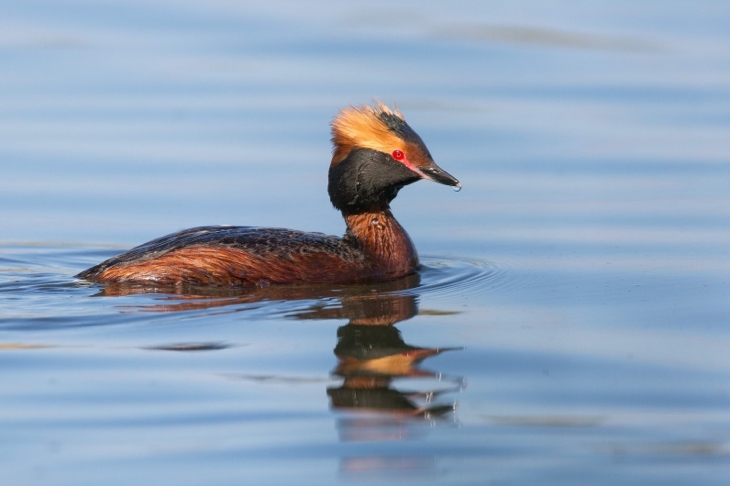Last week, the government announced that it was going to allow onshore windfarms to once again gain access to the vast pots of money set aside for renewable energy. However, there was one very important restriction: only windfarms on remote islands would be eligible. In practice, we are therefore talking about the Inner and Outer Hebrides and the Northern Isles of Orkney and Shetland.
Having come to office on the back of a campaign pledge to stop the spread of onshore windfarms, this represented something of a U-turn, but the reaction has been comparatively muted. This is slightly surprising, because in ecological terms, the islands of Scotland are pretty much about as sensitive as it’s possible to get. Back in 2006, the Royal Society for the Protection of Birds published a paper outlining the areas where windfarm developments would most threaten bird populations – these were in essence areas populated by windfarm-sensitive species and/or areas occupied by species that were already threatened.
In summary terms, most of the areas of high sensitivity fell into one of two categories: mountain tops and – you guessed it – remote islands. In fact, the Hebrides and the Northern Isles make up something between a quarter and a third of the 31,000 square kilometres of land identified as “high sensitivity”.
Think about it. A third of the land where windfarms can be expected to do the most damage to birds has been opened up for windfarm development. Indeed the (greenest) government (ever) will even subsidise the destruction.
And the reaction of the Royal Society for the Protection of Birds? You would think that such a threat to Britain’s rarest birds – red and black-throated divers, Slavonian grebes and all – would be the cause for some alarm. But as far as I can tell, the nation’s great defenders of the all things avian have said precisely nothing. Not a cheep.
Don’t the birds actually matter any more?
Andrew Montford is deputy director of the Global Warming Policy Forum






Comments